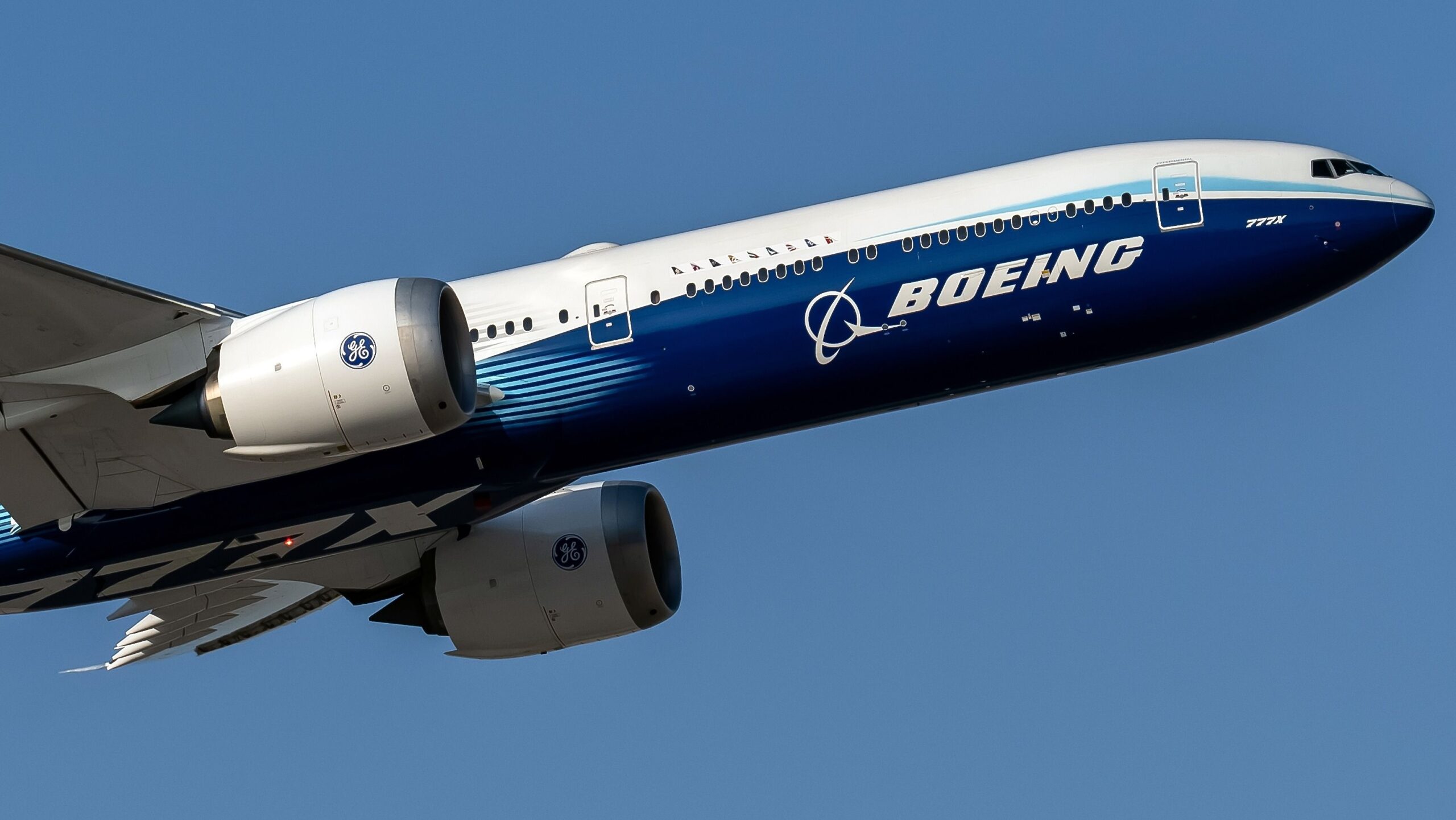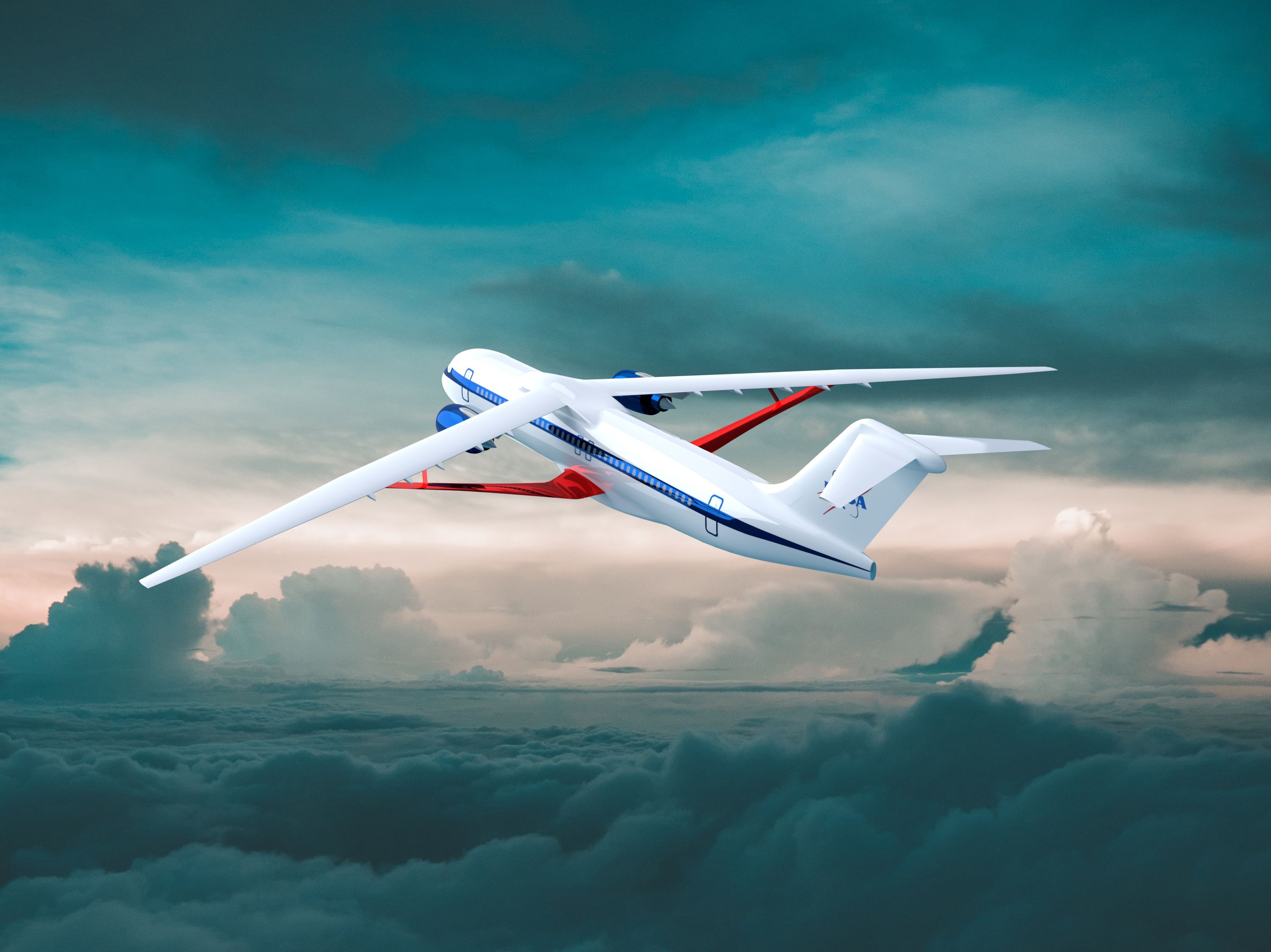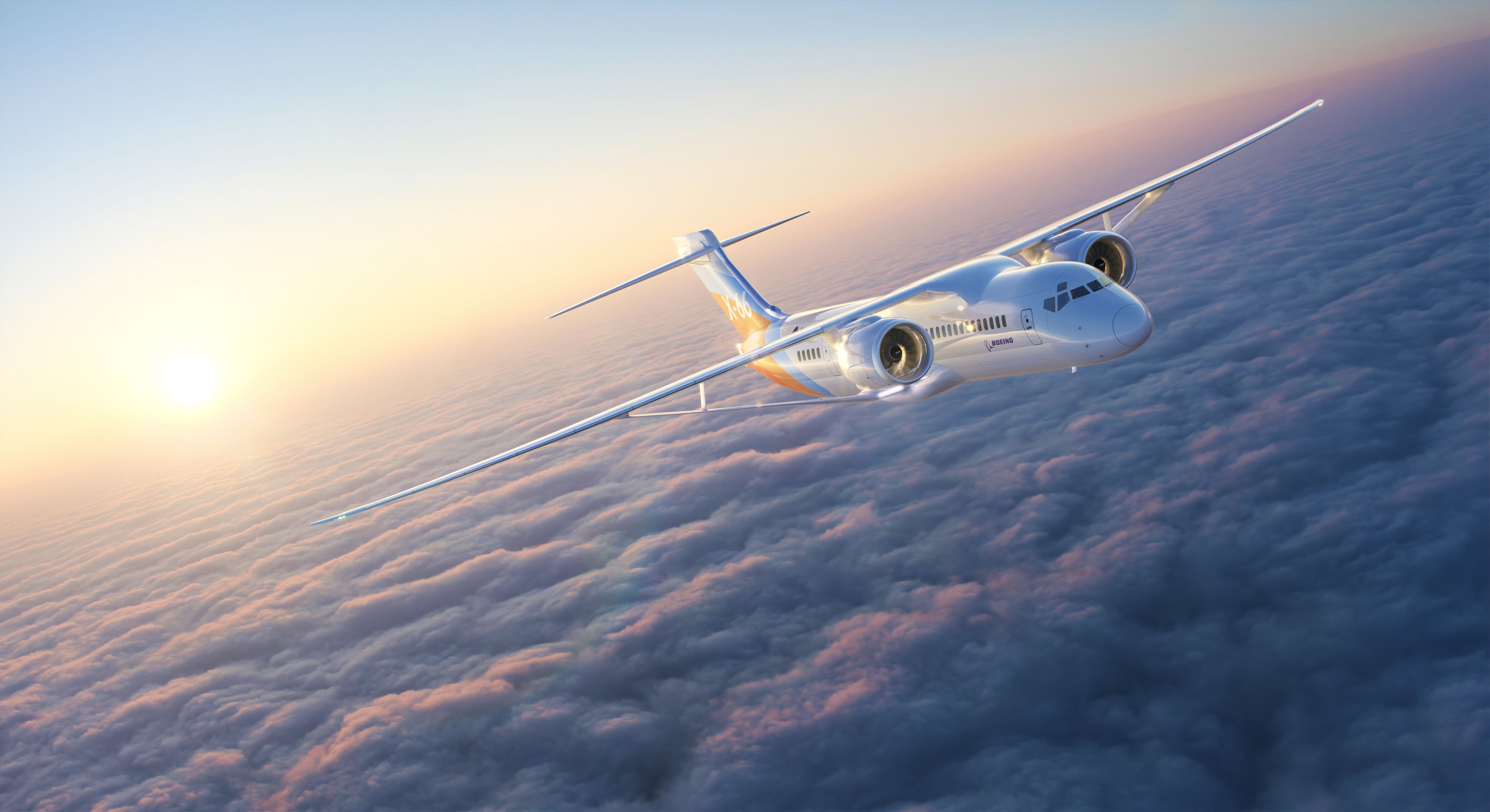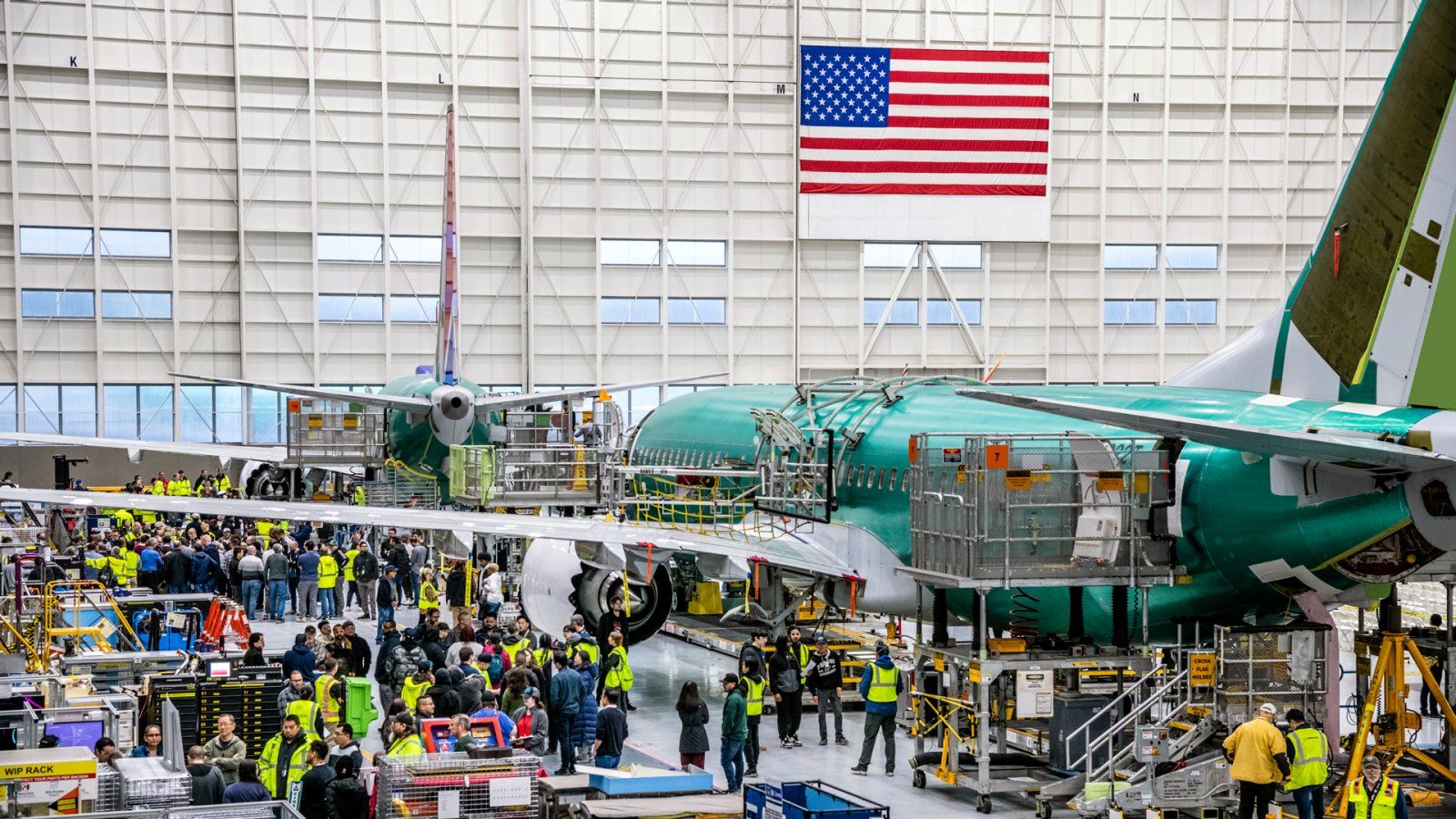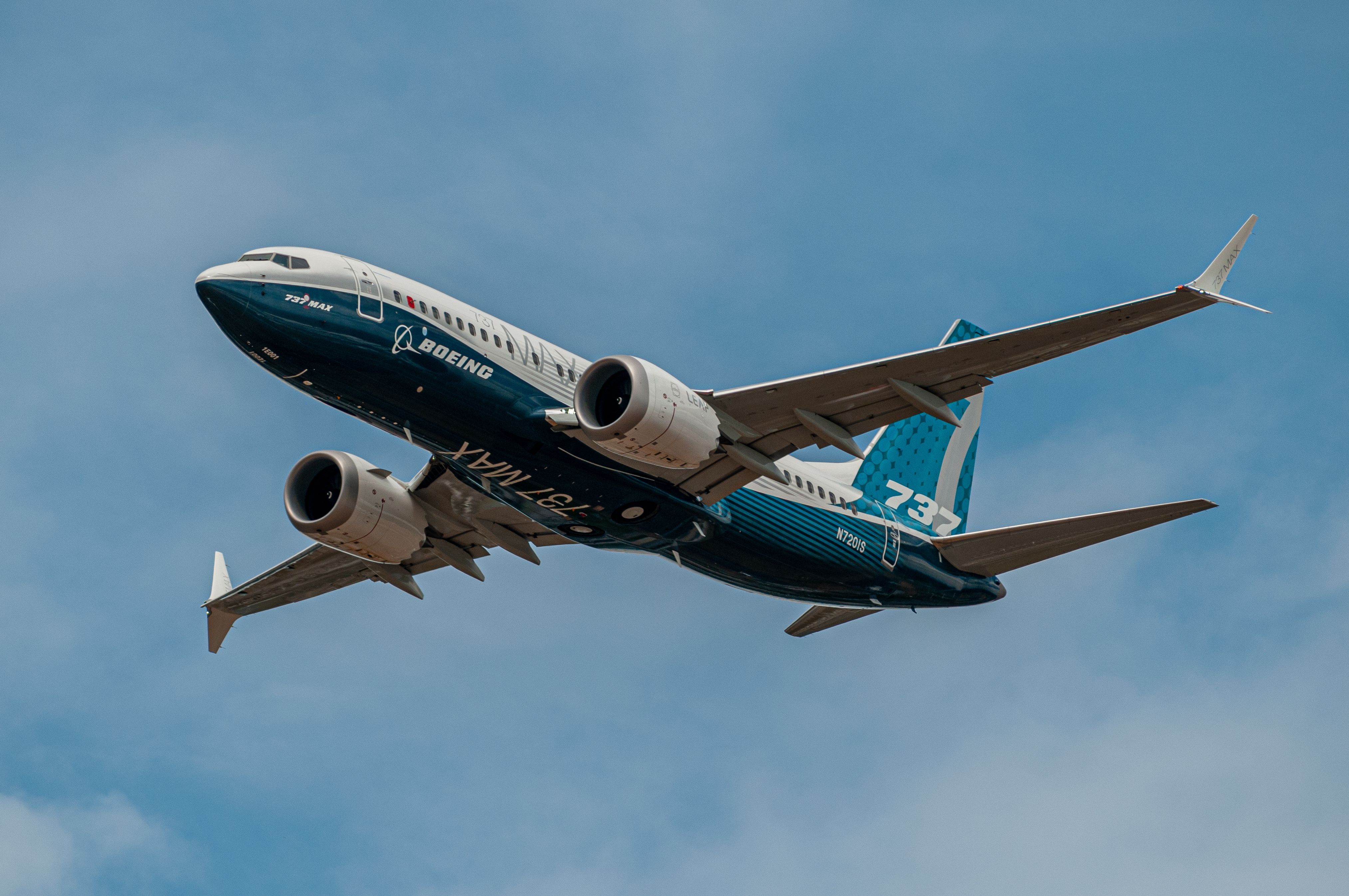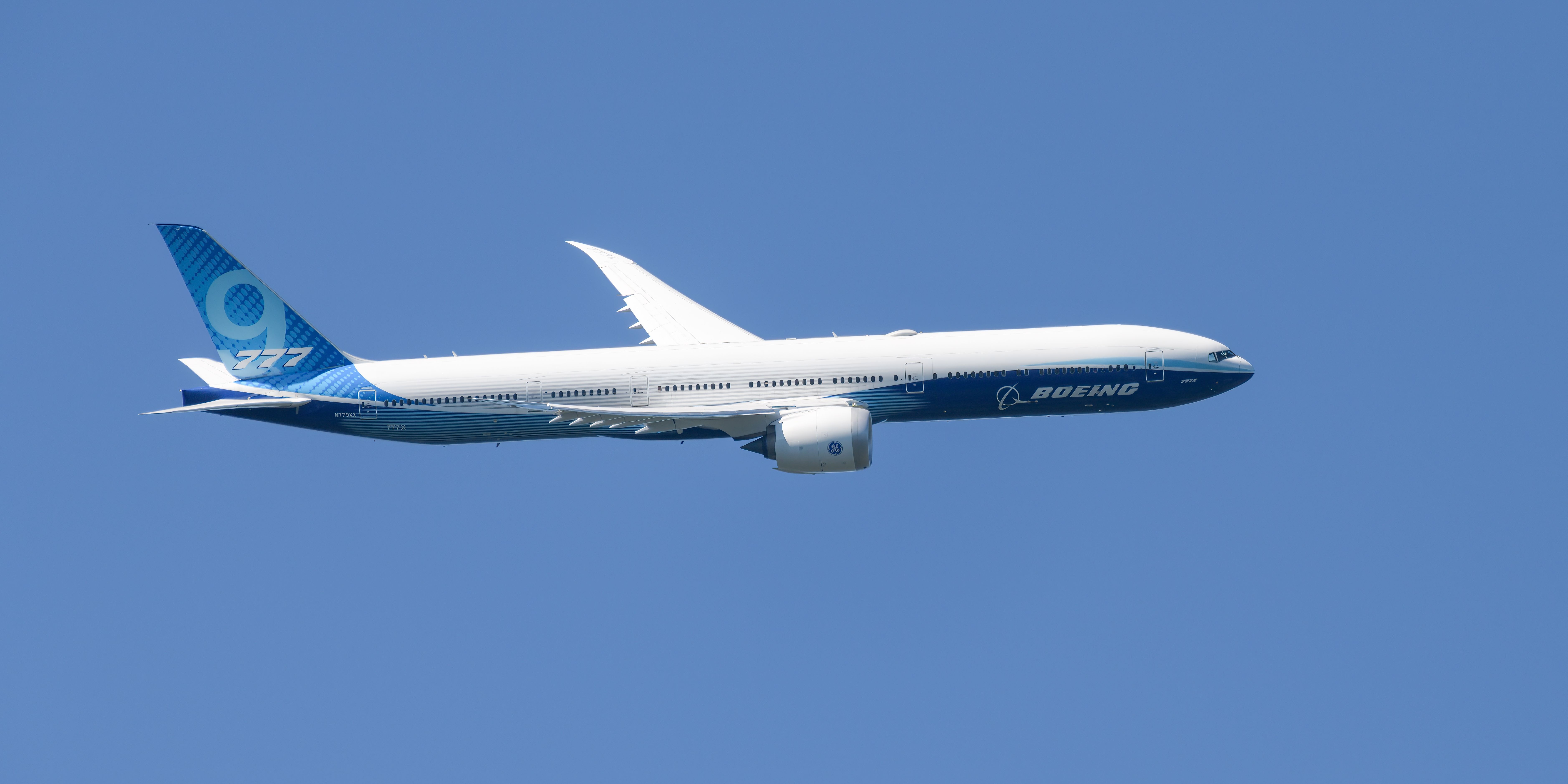Summary
- Boeing has confimed that it moved engineering resources from the X-66A to its current commercial aircraft programs, including the 737 MAX 7, 737 MAX 10, and 777X.
- The three aircraft types are still not certified by regulatory authorities.
- Furthermore, the plane maker has struggled to deliver aircraft during the past few months, especially since the Alaska Airlines mid-air door plug blowout incident in January.
Boeing has begun moving engineers from the X-66A aircraft, which it has been developing jointly with NASA, to stabilize its commercial aircraft programs, including the to-be-certified 737 MAX 7, 737 MAX 10, and 777X, including the 777-9 and 777-8F.
Meeting its customers’ commitments
In a memo, Todd Citron, the chief technology officer (CTO) of Boeing, Mike Sinnett, the vice president of product development of Boeing, and David Loffing, the chief engineer of Boeing Commercial Airplanes (BCA), said that while the X-66A holds tremendous potential for the future of commercial aircraft, it was critically important for Boeing to meet its customers’ commitments. The development was first reported by The Air Current.
Photo: NASA
The memo pointed out this includes adding engineering resources to the 737 MAX 7, 737 MAX 10, 777-9, and 777-8F aircraft, which are yet to be certified, as well as bolstering Boeing’s efforts to improve its aircraft delivery numbers. In a statement to Simple Flying, Boeing stated that:
“To meet those commitments while preserving the path to the future, we are temporarily rotating some team members from X-66 to the airplane development programs and to support the delivery of our current products. We will continue to support the X-66 by utilizing our global engineering resources.”
In addition, a Boeing spokesperson detailed that the company will continue supporting the X-66A program with its global engineering resources, adding that NASA has been very supportive of its decision to move away engineers and that it has offered the agency’s resources to maintain the progress of the innovative aircraft development program.
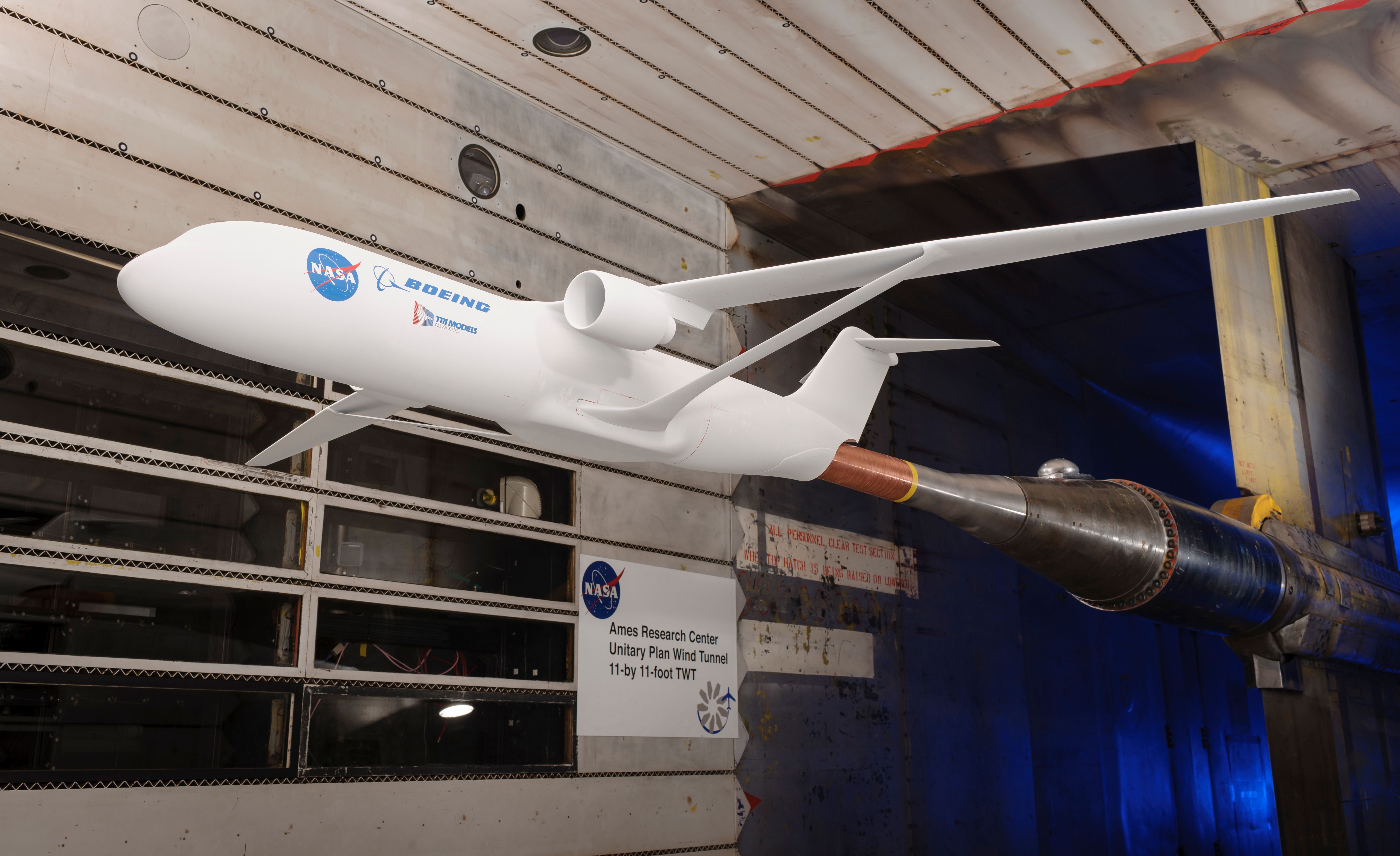
Related
The Boeing TTBW – The Future Of Passenger Planes?
A full-scale demonstrator will take to the skies in 2028.
Developing an innovative wing design
Boeing and NASA announced the X-66A, which would test the Transonic Truss-Braced Wing (TTBW) design, in July 2023. Then, the pair detailed that the X-66A would utilize a modified McDonnell Douglas MD-90 airframe.
Photo: NASA
Furthermore, Boeing detailed that the TTBW configuration could reduce fuel consumption and emissions by up to 30% compared to the current aircraft operating domestic itineraries within the United States.
“The X-66 is a key part of NASA’s Sustainable Flight National Partnership, through which the agency seeks to protect the environment, grow the US economy, and provide new innovations for the traveling public.”
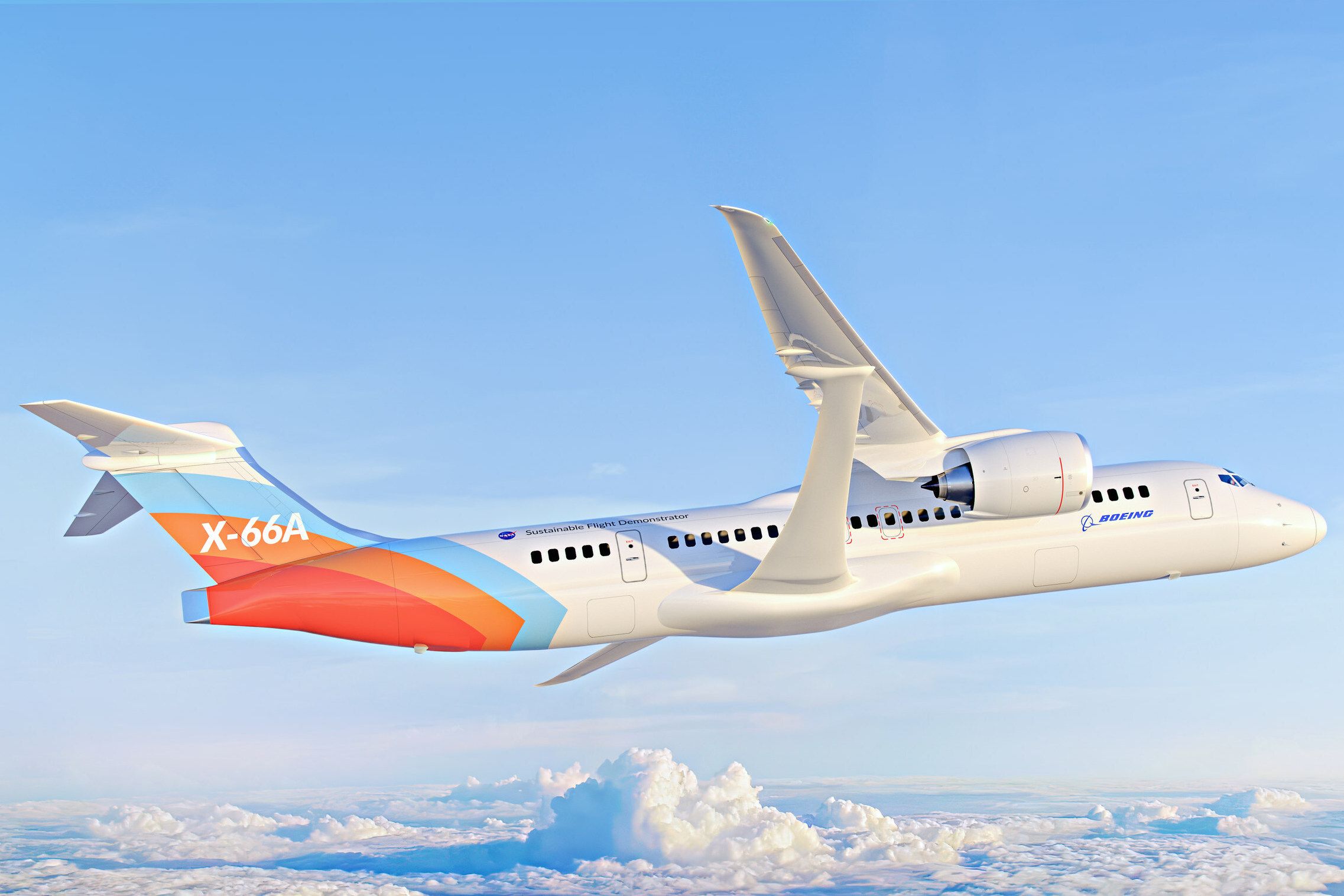
Related
X-66: A Look At NASA & Boeing’s Sustainable Flight Demonstrator Project
The two aerospace giants are building an experimental aircraft to help the US achieve net-zero aviation emissions.
Diverting resources at a critical time
Boeing has struggled to deliver aircraft and receive orders, especially in comparison to its main rival, Airbus. The problems have only been exacerbated following the increased scrutiny of its safety and quality after the Alaska Airlines Boeing 737 MAX 9 mid-air door plug blowout incident.
Some of these delivery issues have been related to its voluntary initiatives, including quality stand downs at its Renton, Washington, US, facility, which is the main assembly site of the 737 program. The first stand down happened in January, with the sessions focusing on quality.
Photo: Boeing
Still, year-to-date (YTD), Boeing has delivered 131 aircraft as of May 31, which included 101 Boeing 737 MAXs. In comparison, between January and May 2023, the plane maker had handed over 206 aircraft to airlines, including 163 Boeing 737 MAXs, with the narrowbody aircraft being a crucial revenue stream for BCA and, subsequently, Boeing.
In comparison, Airbus YTD deliveries in 2024 and between January and May 2023 numbered 256 and 244 aircraft, respectively. YTD in 2024, the European plane maker delivered 205 A320neo family aircraft, while during the first five months of 2023, Airbus handed over 199 A320neo family aircraft, including the A319neo.
Worryingly, though, Boeing has not received a single order for its best-selling 737 MAX program since March, when American Airlines ordered 85 aircraft of the type. Further orders for the narrowbody jet in 2024 included two separate orders from two unidentified customers, who ordered three and ten 737 MAXs each.
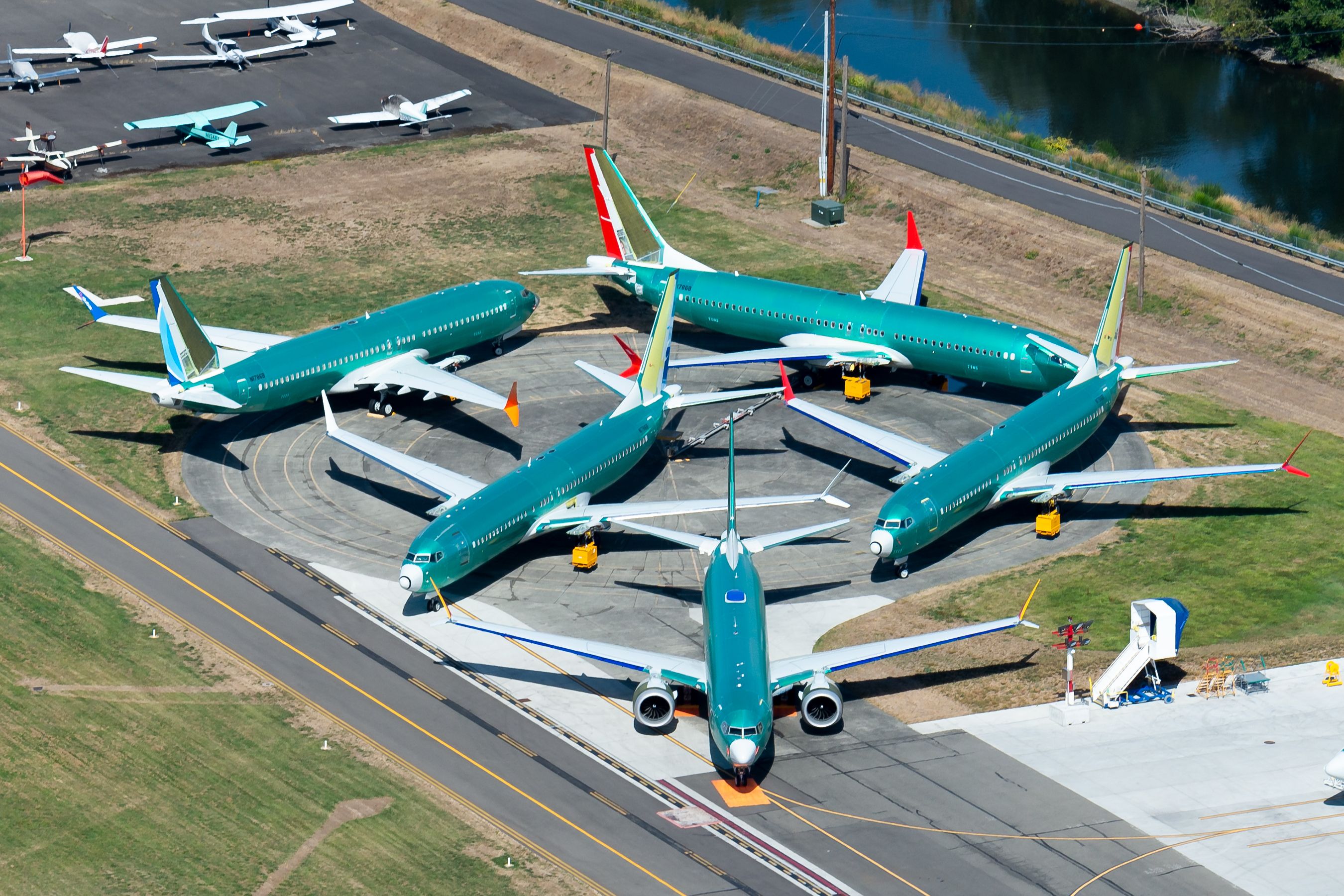
Related
Boeing Trails Airbus With Just 4 New Plane Orders In May
Boeing also did not receive any new 737 MAX orders in the last two months.
Unhappy customers
In addition, airlines have become more vocal in criticizing Boeing for its failures to certify the 737 MAX 7, 737 MAX 10, and the 777X programs. For example, United Airlines was forced to sign a letter of intent (LoI) with aircraft leasing companies for 35 A321neos, with the airline announcing the LoI in its Q1 2024 financial results filing with the Securities and Exchange Commission (SEC).
Photo: Wirestock Creators | Shutterstock
Meanwhile, Southwest Airlines, an all-Boeing 737 operator, which is the only airline that has ordered the 737 MAX 7, per ch-aviation data, readjusted its 737 MAX order book in March. Then, it entered into a supplemental agreement with the aircraft manufacturer to change 19 firm orders for the smallest 737 MAX aircraft into the 737 MAX 8 while also reiterating that the airline would not receive a single 737 MAX 7 in 2024.
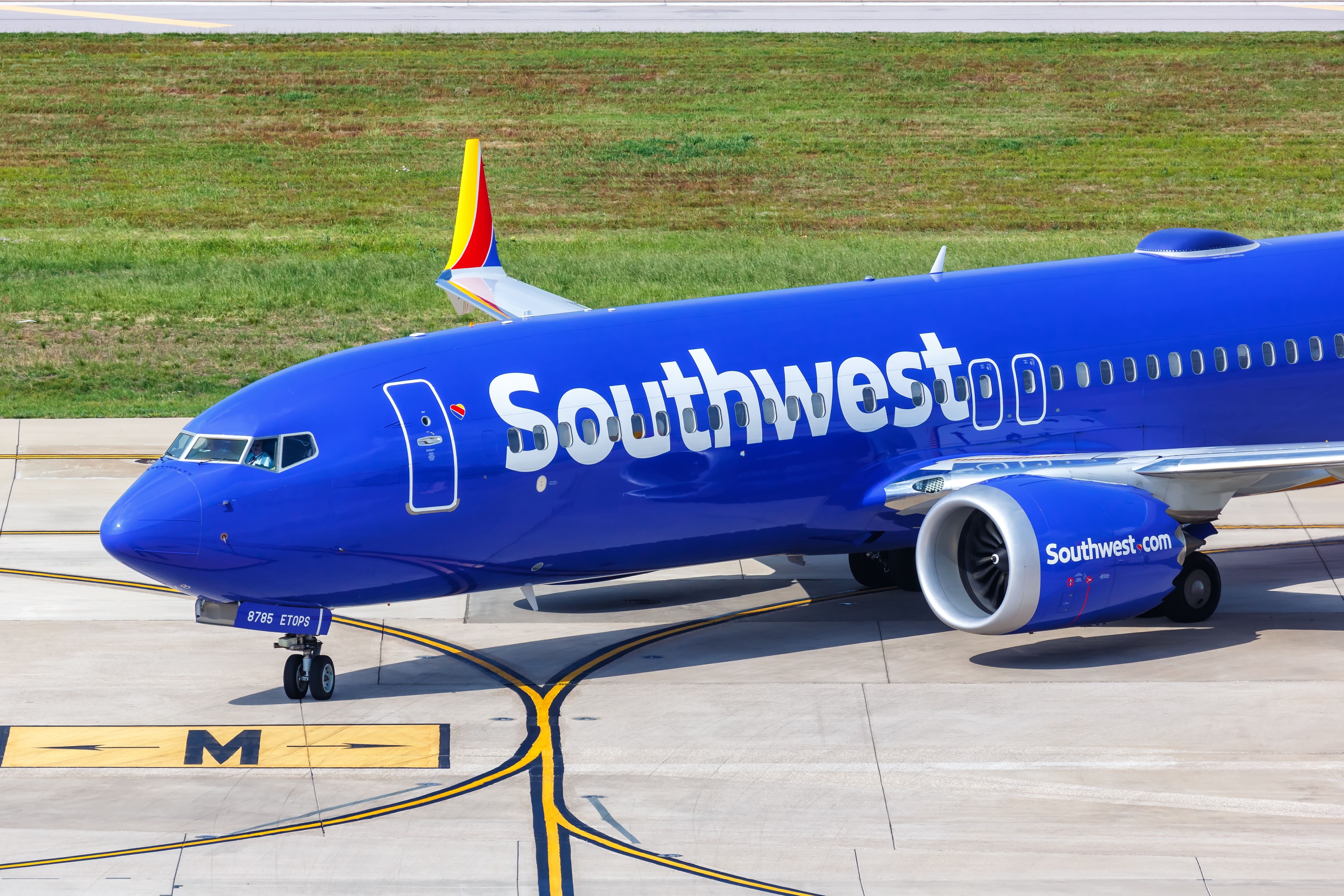
Related
Southwest Airlines Now Expects Only Half Of Its Boeing 737 MAX Deliveries Amidst Crisis
Instead of 46 Boeing 737 MAX, Southwest Airlines could take delivery of only around 20 in 2024, according to sources.
Boeing 777X customers have voiced their frustrations as well. Tim Clark, the President of Emirates, warned that Boeing could delay the first deliveries of the first 777X to 2026 and not in 2025 as previously anticipated.
Meanwhile, while in March, Carsten Spohr, the chief executive officer (CEO) of Lufthansa Group, said that it still expected to receive the 777X in 2025, Jens Ritter, the CEO of Lufthansa, stated in May that the airline was anticipating the deliveries of the type slipping to 2026.
Photo: Ian Dewar Photography | Shutterstock
When Brian West, the chief financial officer (CFO) and executive vice president of finance of Boeing, spoke during the Wolfe Research Global Transportation & Industrials Conference in May, the executive said that there was no change to the 2025 entry-into-service timeline.
West also said that customers really like the aircraft. As of May 31, Boeing had amassed 43, 55, and 383 net orders for the 777-8, 777-8F, and 777-9 aircraft, respectively, which includes 31 orders the plane maker booked for the 777X without specifying the models throughout 2024. 23 of those orders were assigned to unidentified customers.
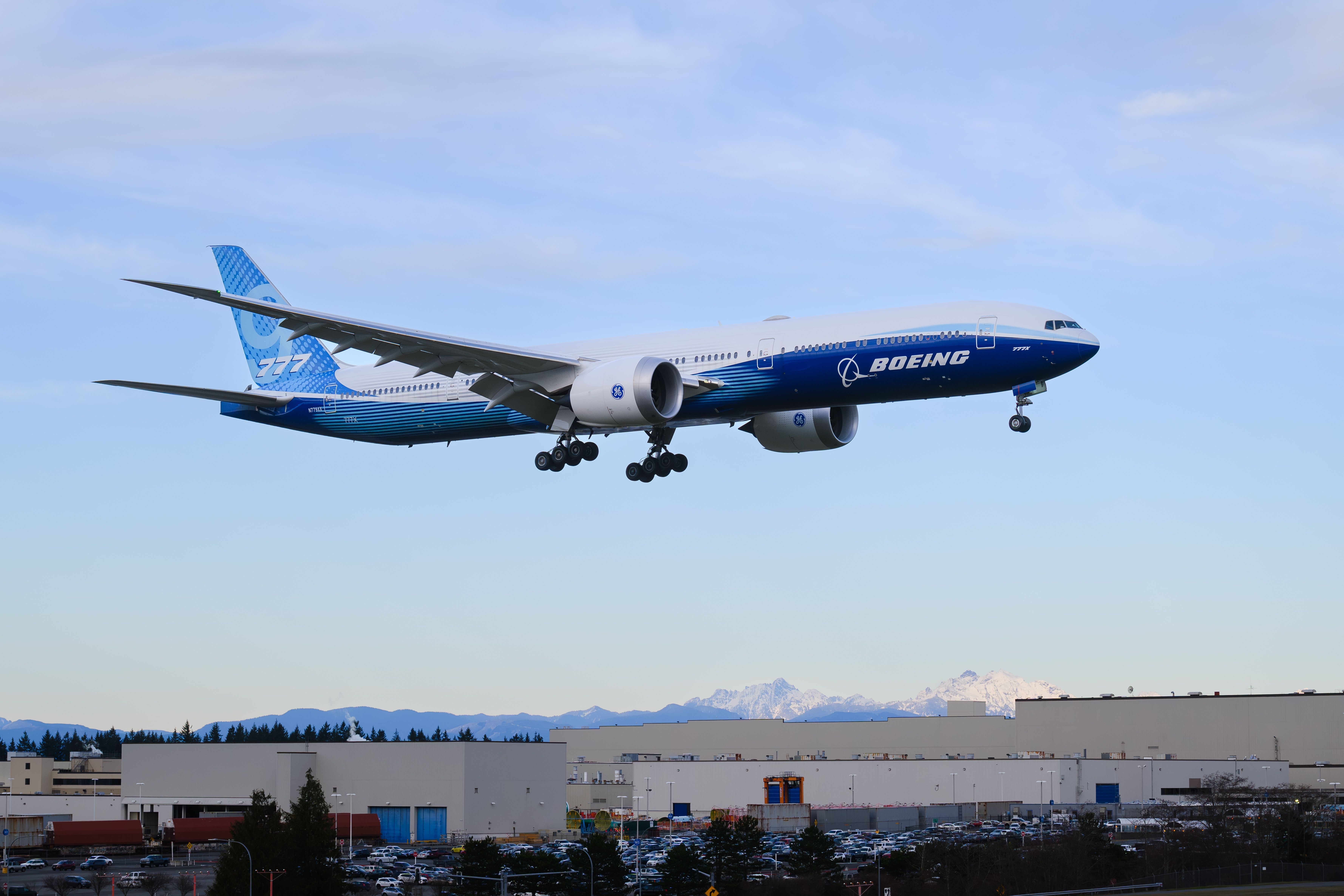
Related
Korean Air Could Be About To Buy Up To 10 Boeing 777X Planes
Korean Air would become the third airline to order the 777X in 2024.

